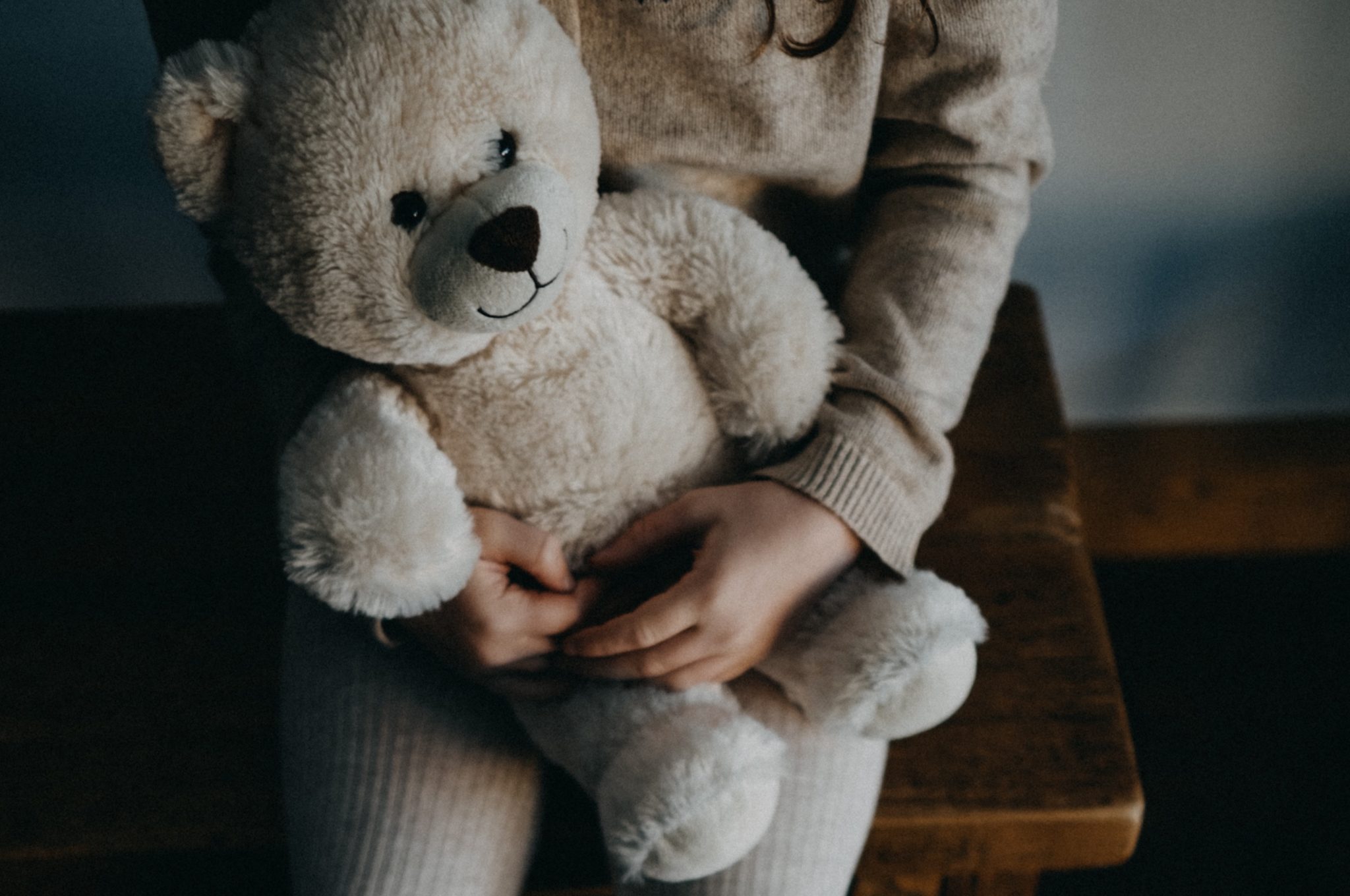5 Tips to Equip an Anxious Child
The plan was to get the group of old college friends together over the holidays. You’d been looking forward to it for weeks, regaling the kids with stories of all the fun you had in school and assuring them of a host of new friends. A great time for everyone! But when you arrived at the party, your sweet four-year-old put up a HUGE fuss, hid behind your legs, and wailed, “I wanna go home!”
A room full of strangers, most of whom are bigger than your little one, lots of noise, and children of all ages filling the room can be overwhelming. The anxiety from novel situations, new people, and the unknown may result in a mild case of the jitters for some children. It can also cause full-blown anxiety in others.
Anxious behaviors can be difficult for both parents and kids. Anxiety is normal when a person is under stress or in danger. In young children, anxiety may take the form of whining, crying, nervousness, fear, shyness or obstinate behavior. Children often don’t have the language skills to describe exactly what they are feeling. Parents get frustrated with what appears to be a simple situation, compounding the problem. Here are tips to help you assist your children through anxious situations.
Five Tips to Equip an Anxious Child
- Let your child know feeling anxious is normal for everyone. Share your personal stories of times you’ve tried something new. When Mom, Dad or a sibling have experienced nervousness and share, the feeling is normalized.
- Describe what the child can expect to experience and what your expectations are for the child in that particular situation. Knowing what’s expected goes a long way in encouraging confidence. Relating the new experience to other times the child has been brave when trying new things a meeting new people paves the way for success. Role-play meeting new people: shaking hands, making eye contact, and asking polite questions. Have reasonable expectations for the child: polite behavior, inside voice.
- Allow a sibling or friend to go with your child to a new location or when making a new acquaintance. There’s strength in numbers.
- Take a comfort item along and teach relaxation techniques. A furry friend or a toy can make a huge difference. Having an item to carry gives the child a sense of comfort and something to occupy hands and the mind. A simple “XO” in watercolor marker on your child’s will remind him of your love and confidence in him. Deep breathing, mindfulness, and praying are all helpful techniques to calm little hearts and minds. Model the strategies for your child.
- Remind your child of your love and the promise you’ll always be there to support and encourage.
Get help if you think the anxiousness is too much for your child. If your child begins to avoid new situations, has trouble eating, difficulties sleeping or demonstrates radical behaviors you feel are initiated by anxiety, talk to your child’s pediatrician. Healthcare professionals are able to provide solutions for overly anxious children.
© 2018 Becky Danielson. All rights reserved.
If you’ve been encouraged by this post, please take a moment to subscribe to the Faith First Parent e-newsletter, join in the conversation on the Facebook page or share the post with a friend.
Photo by Annie Spratt on Unsplash

